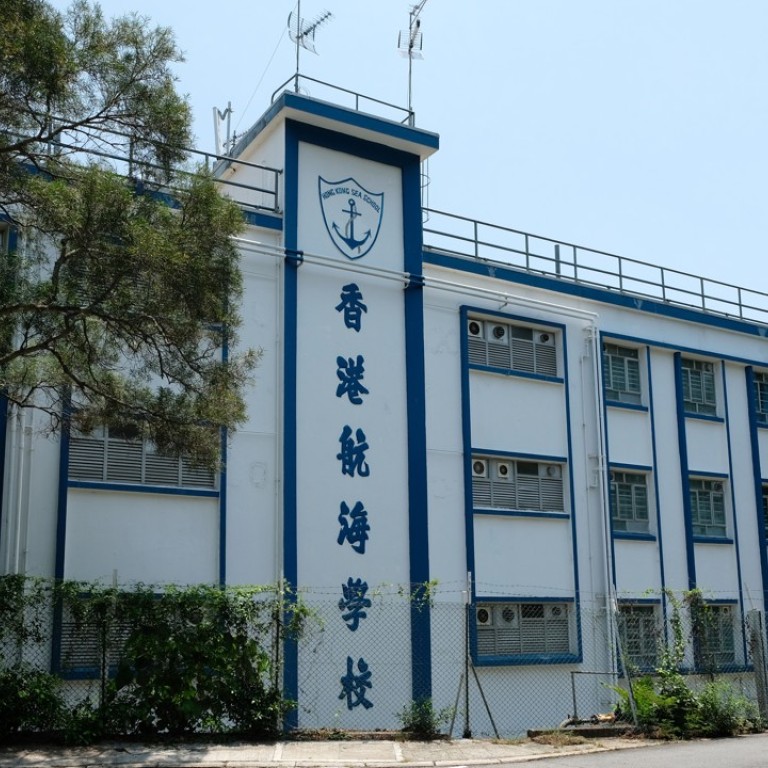
More than 20 students at Hong Kong school contract hand, foot, and mouth disease in outbreak
Each sought medical attention for the common viral infection, but none required hospitalisation
More than 20 students at a Hong Kong school have contracted hand, foot, and mouth disease (HFMD), the Centre for Health Protection said on Tuesday.
The outbreak of the viral disease common among children happened at Hong Kong Sea School on Tung Tau Wan Road in Stanley. In total, 22 boys, aged 12 to 17, developed symptoms such as oral ulcers, rashes and blisters on their hands or feet since September 27.
Each sought medical attention from private clinics, and none required admission to hospital as of Tuesday.
Centre staff had visited the school and advised its management on infection control and preventive measures, a spokesman said.
The school has been put under medical surveillance
“The school has been put under medical surveillance,” he added. “Investigations are ongoing.”
As of October 11, 297 institutional outbreaks of HFMD have been reported in Hong Kong this year involving 1,777 people. Last year, 2,229 cases in 420 institutional outbreaks were reported. In 2016, 5,084 cases in 875 outbreaks were seen.
Earlier this month, the centre reminded the public to heighten vigilance against the disease.
The infection is common in children, the centre said, noting adult cases could also arise. It is usually caused by enteroviruses, such as EV71.
HFMD is clinically characterised by rashes or lesions occurring on the palms, soles and other parts of the body, such as the buttocks and thighs. The lesions and ulcers may also be found in one’s oral cavity. Sometimes patients present mainly with painful ulcers at the back of the mouth, namely herpangina, without rashes on their hands or feet.
According to the centre, the usual peak season for HFMD locally runs from May to July. A smaller surge may also occur between October and December.
How hectic Hong Kong is turning into hotbed of infectious diseases
As young children are more susceptible, the centre called on parents to stay alert to their health, reminding that institutional outbreaks might occur where the disease could easily spread among young children in close contact with one another.
In Hong Kong, an average of about 2,000 to 5,000 HFMD cases were recorded every year between 2010 and 2017. Professor Yuen Kwok-yung of HKU estimated about 5 to 10 per cent of those cases were caused by EV71 infection, which is more likely than other causes of HFMD to lead to severe complications such as inflammation of the brain and even death.
The number of people who died in the city from HFMD ranged between zero and three every year, Yuen said on Monday.

